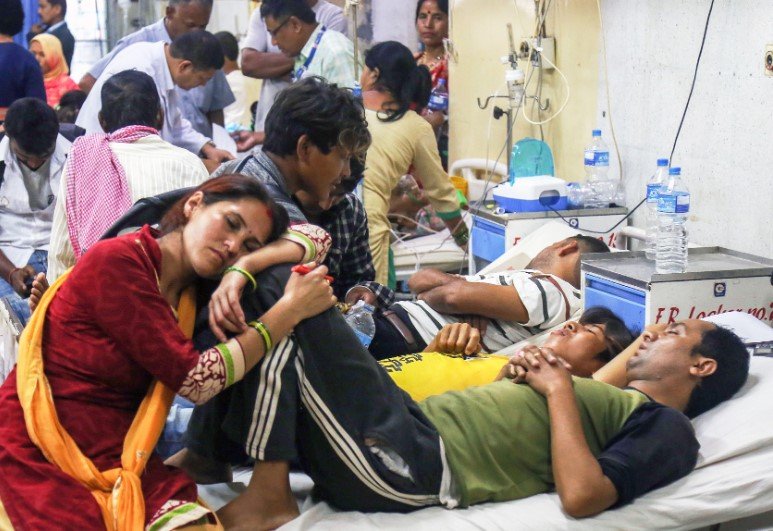The World Health Organization announced on August 18, 2025, that Nepal has eliminated rubella as a public health problem. This milestone makes Nepal the latest country in Southeast Asia to achieve this status through strong vaccination programs and community efforts.
Understanding Rubella and Its Risks
Rubella, also called German measles, spreads easily through coughs and sneezes. It causes mild symptoms in most people, like rash and fever, but poses serious dangers during pregnancy.
In pregnant women, the virus can lead to miscarriage, stillbirth, or birth defects in babies, known as congenital rubella syndrome. Worldwide, about 100,000 infants face this syndrome each year, according to global health reports.
Safe vaccines prevent rubella effectively. Two doses of the measles-mumps-rubella vaccine offer lifelong protection for most people.

Nepal’s Path to Elimination
Nepal started its fight against rubella with a nationwide vaccine campaign in 2012. This effort targeted children from nine months to 15 years old.
By 2016, the country added a second vaccine dose to its routine schedule. These steps built a strong shield against the virus.
Health workers and volunteers played key roles. They reached remote areas and educated families on vaccine importance.
In 2024, Nepal hit over 95 percent coverage for at least one rubella vaccine dose. This high rate helped stop the virus from spreading.
Overcoming Major Challenges
Nepal faced tough obstacles but kept vaccination rates high. The 2015 earthquake disrupted services, yet teams quickly restarted campaigns.
Another earthquake in 2023 tested the system again. Health officials adapted by setting up mobile clinics in affected zones.
The COVID-19 pandemic added more hurdles from 2020 onward. Nepal used creative strategies like door-to-door visits to maintain progress.
Despite these events, the country strengthened surveillance. Labs tested samples to track and confirm rubella cases.
Key Achievements and Stats
Nepal’s success stands out in global health efforts. Here are some highlights:
- First rubella vaccine rollout: 2012, covering millions of children.
- Routine second dose: Added in 2016 for better immunity.
- Coverage milestone: Over 95 percent by 2024.
- Zero reported cases: Maintained low incidence through monitoring.
This table shows Nepal’s vaccination progress over the years:
| Year | Key Action | Coverage Rate |
|---|---|---|
| 2012 | Nationwide campaign launch | 90%+ initial reach |
| 2016 | Second dose introduced | 85% for two doses |
| 2024 | High coverage achieved | 95%+ for one dose |
| 2025 | Elimination verified | Sustained zero cases |
Impact on Southeast Asia Region
Nepal joins other nations in the WHO Southeast Asia Region that have beaten rubella. Countries like Bhutan and Maldives reached this goal earlier.
The region aims to eliminate both measles and rubella by 2026. Nepal’s win boosts momentum for this target.
Globally, rubella hit 78 countries in 2022, with over 17,000 cases. Nepal’s model shows how focused action can change that.
In 2024, 14 million children worldwide missed all vaccines. Nepal’s story inspires efforts to close these gaps.
Looking Ahead: Sustaining the Gains
Health experts stress the need for ongoing vigilance. Nepal plans to keep vaccination rates high and monitor for any outbreaks.
Community involvement remains crucial. Informed families help ensure every child gets protected.
This achievement protects future generations. It highlights how leadership and teamwork conquer health threats.
Share your thoughts on this health victory in the comments below. If you found this article helpful, pass it on to friends and family to spread awareness.
